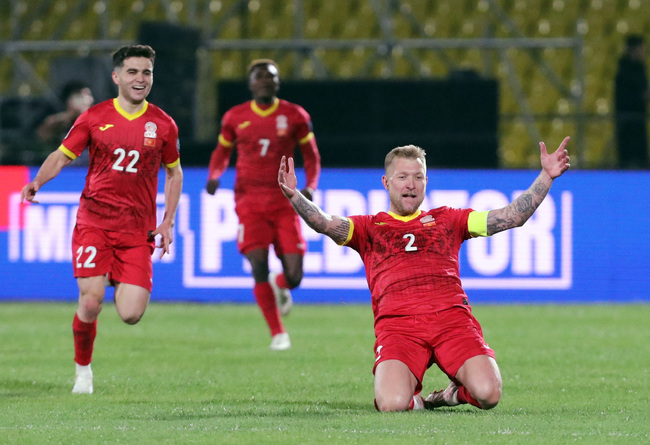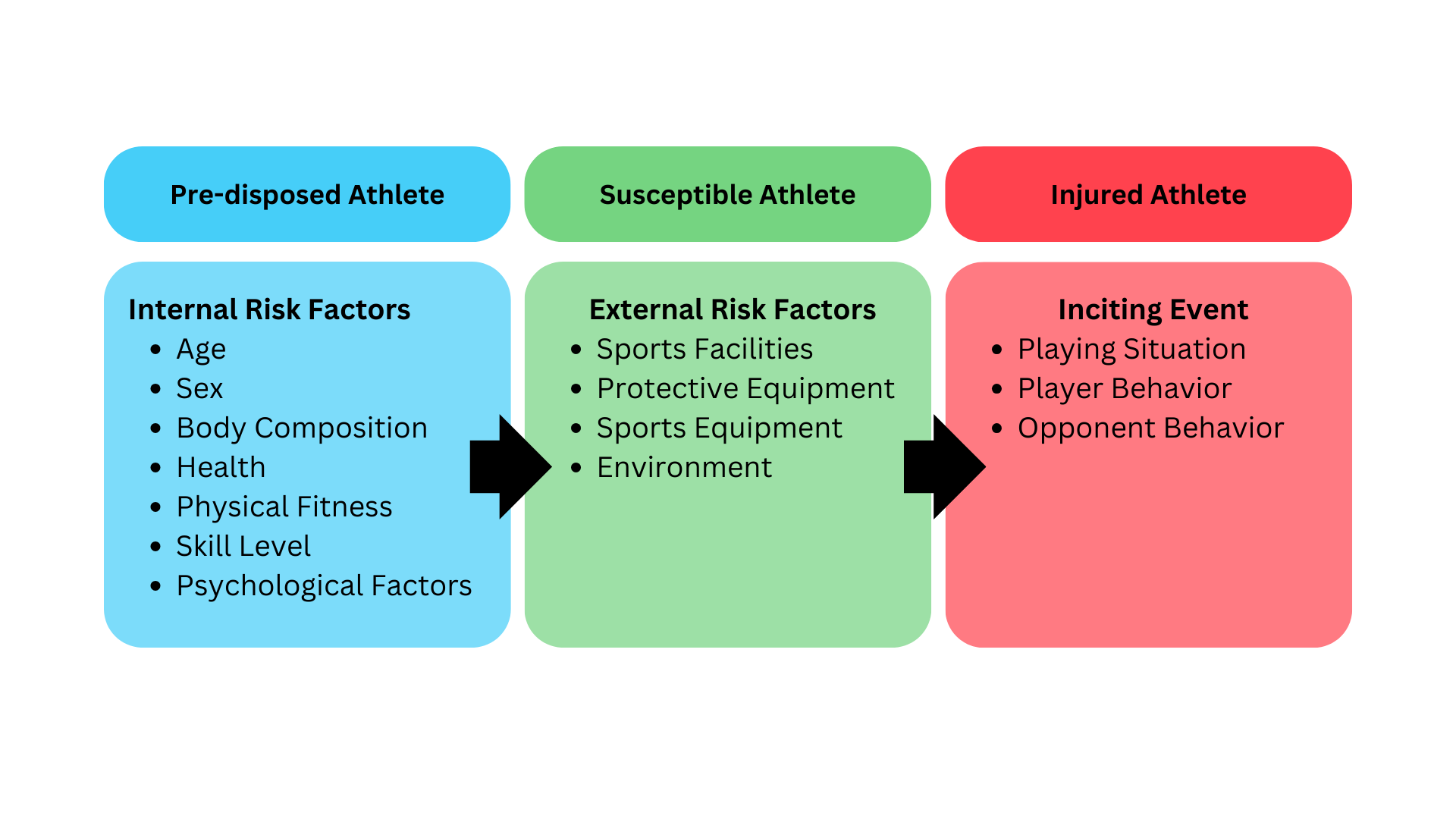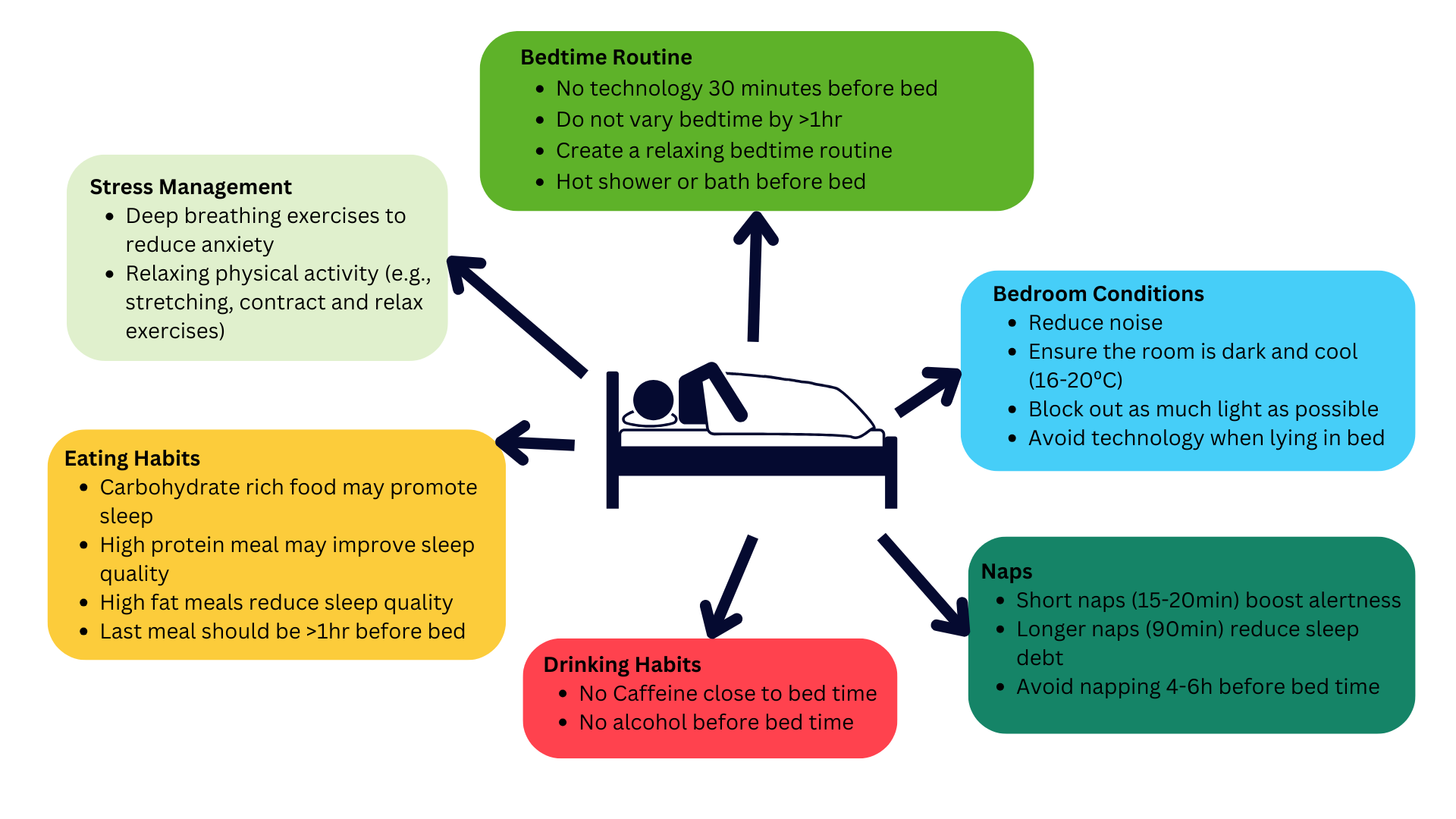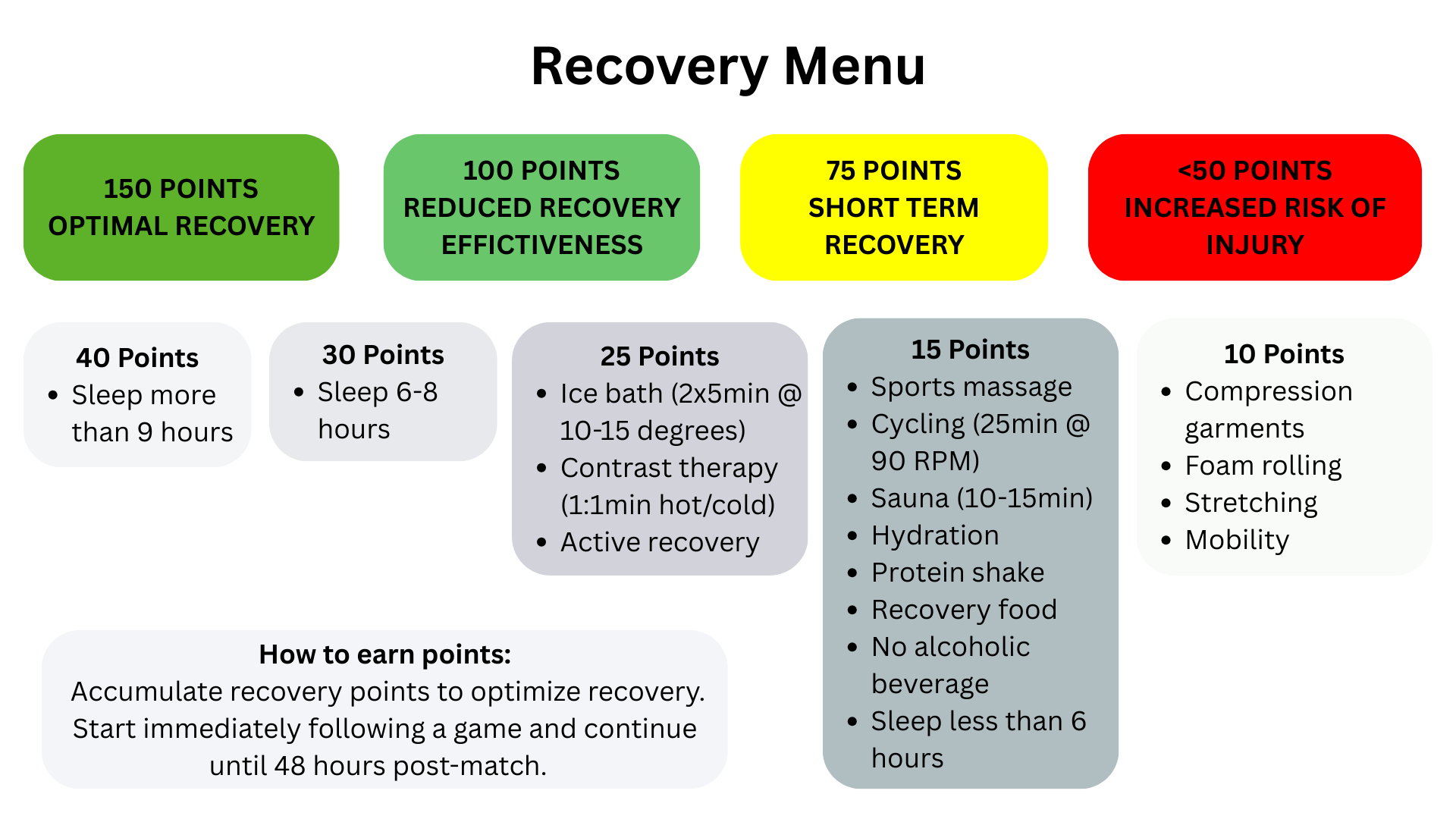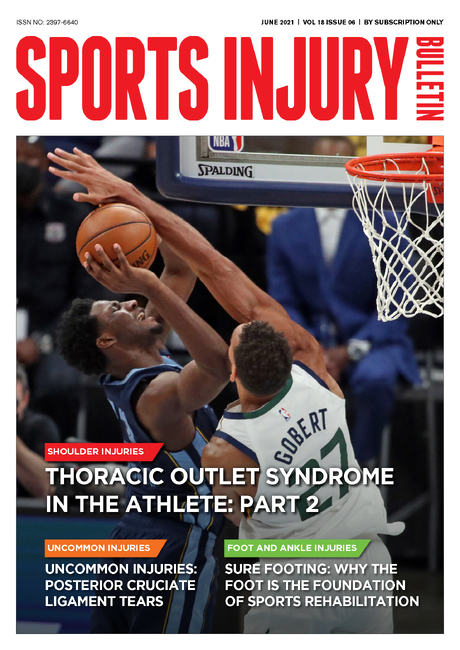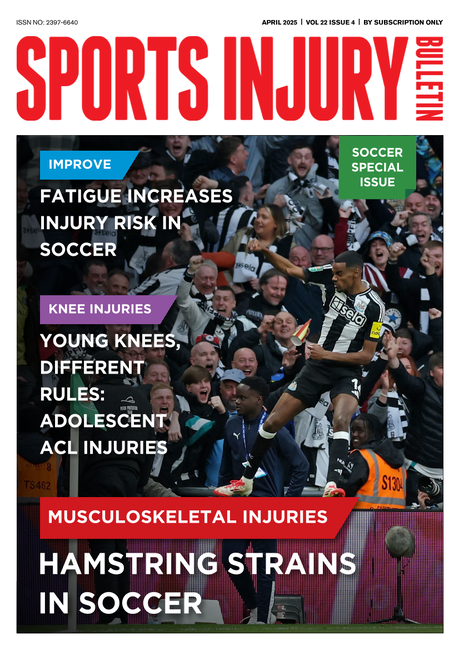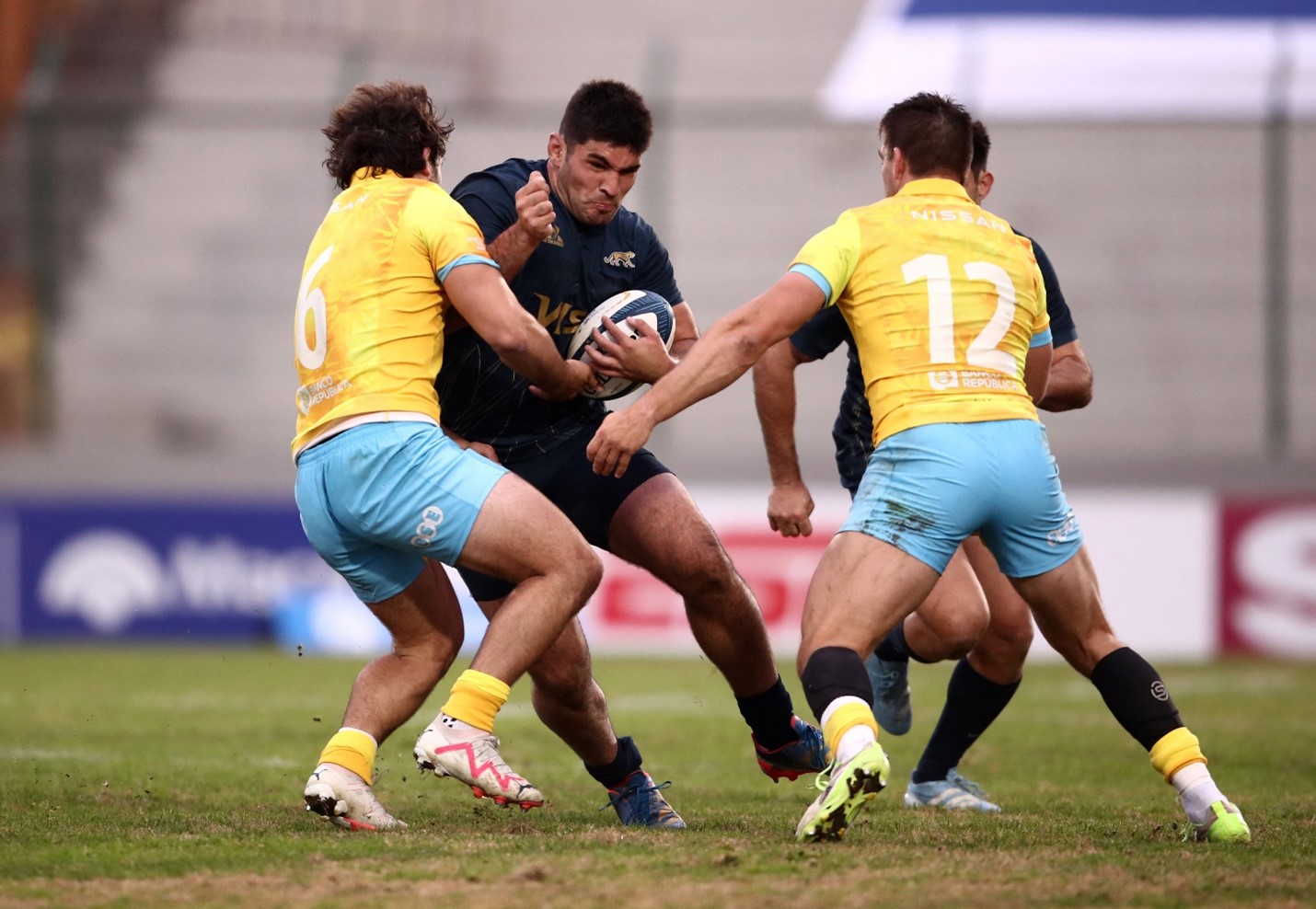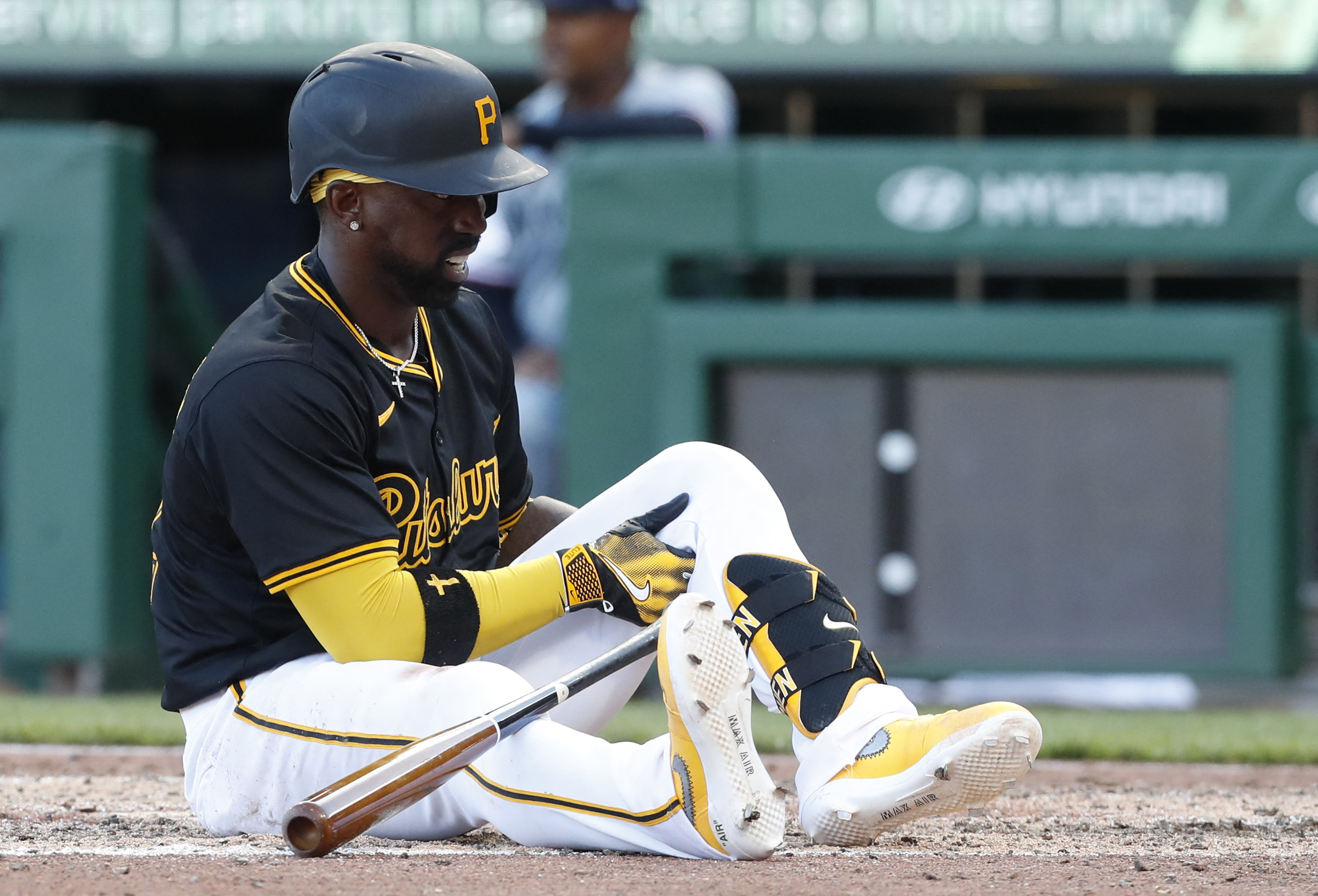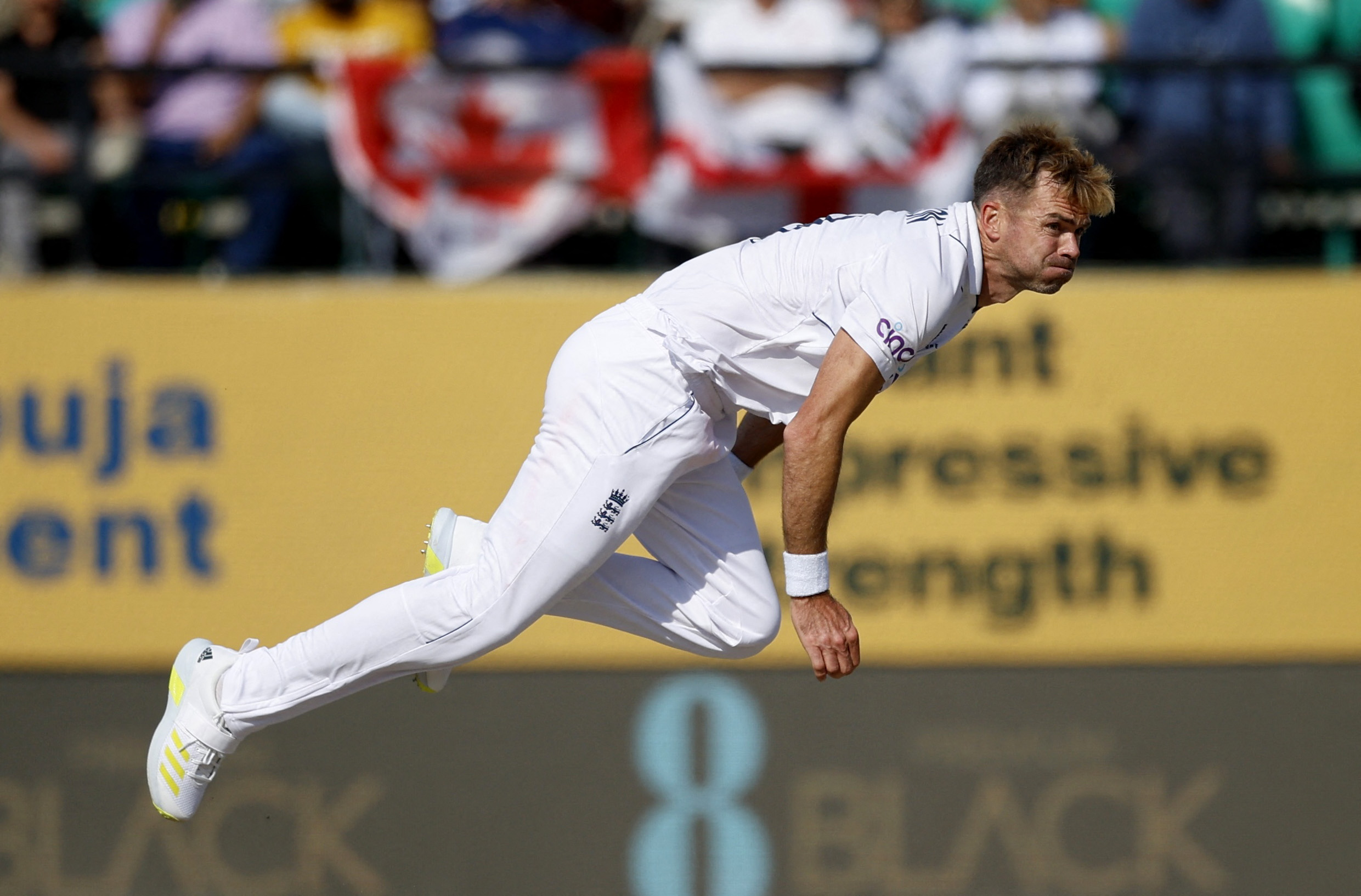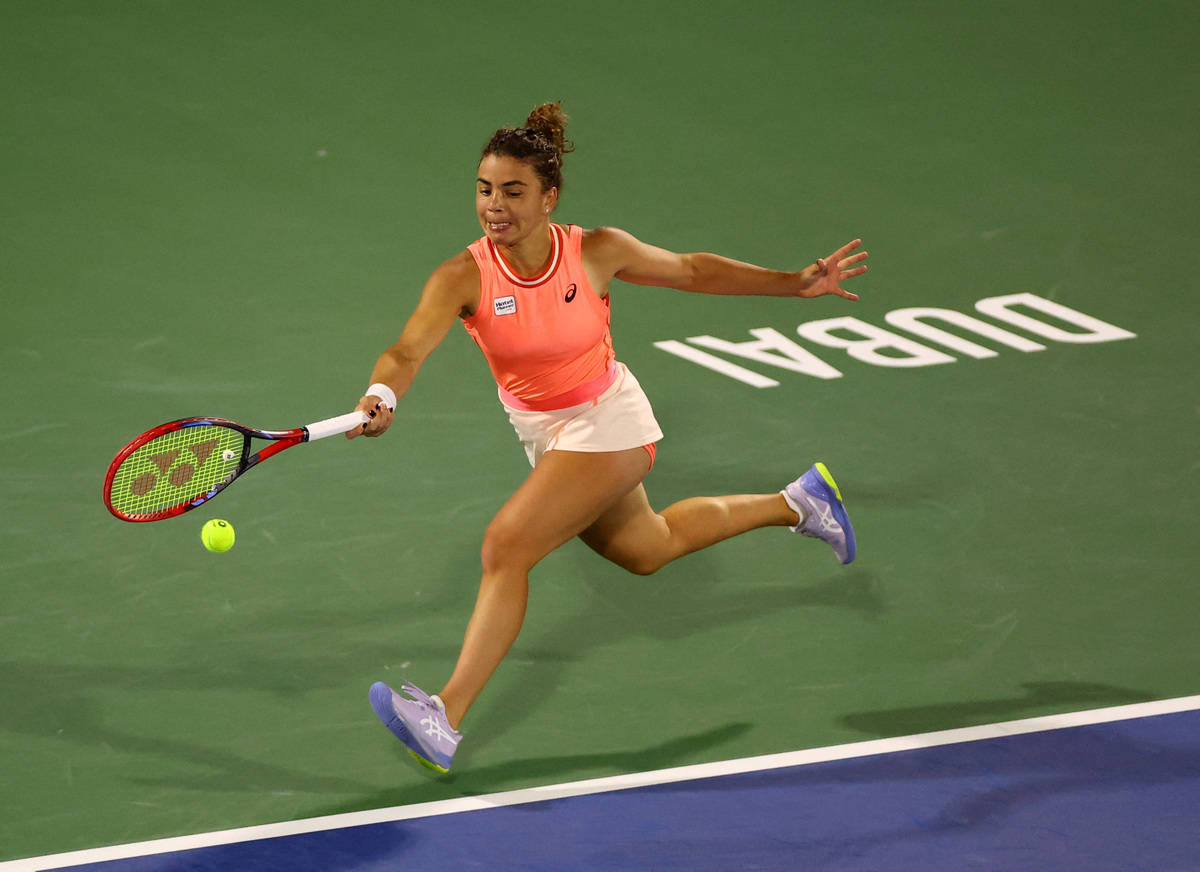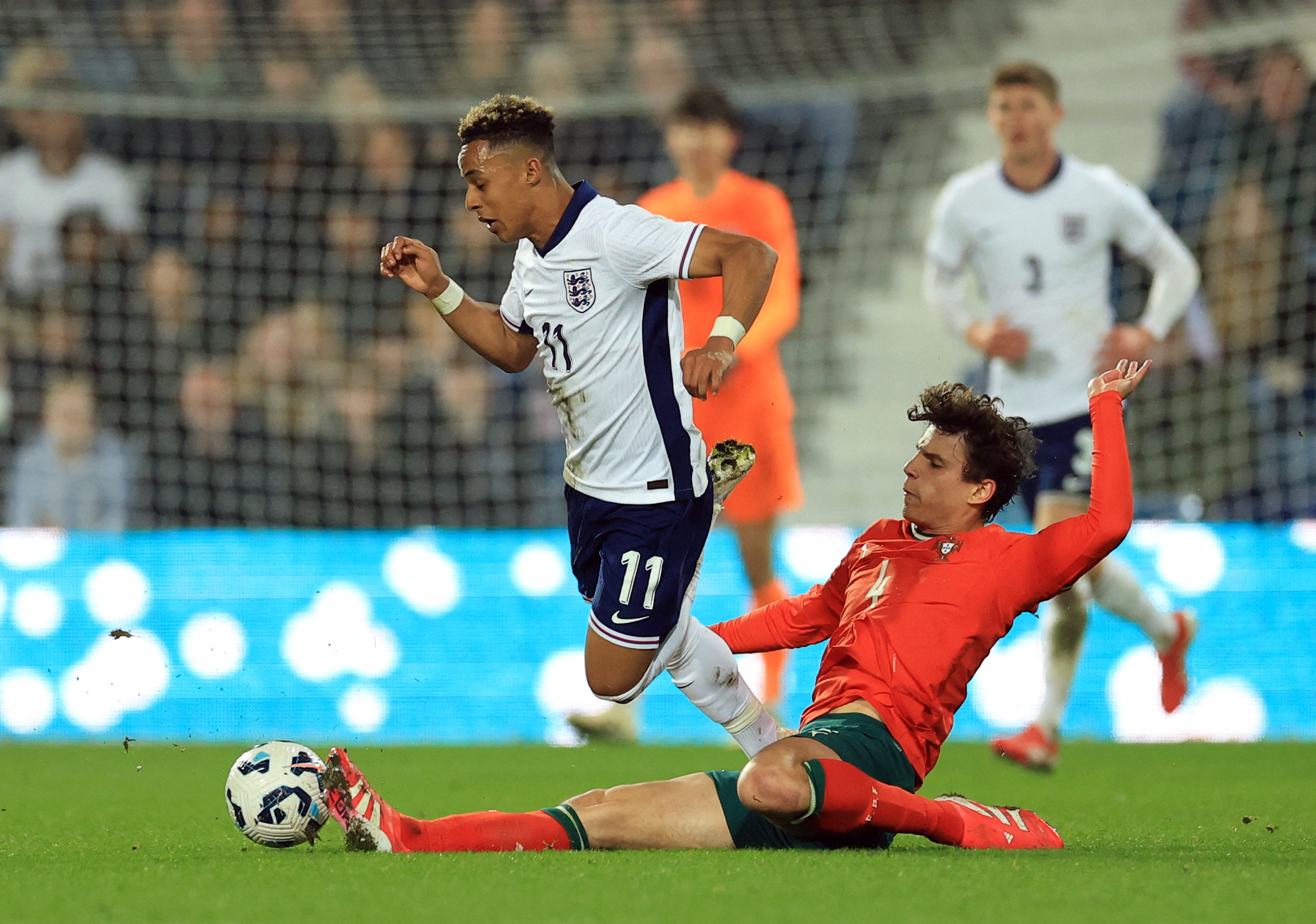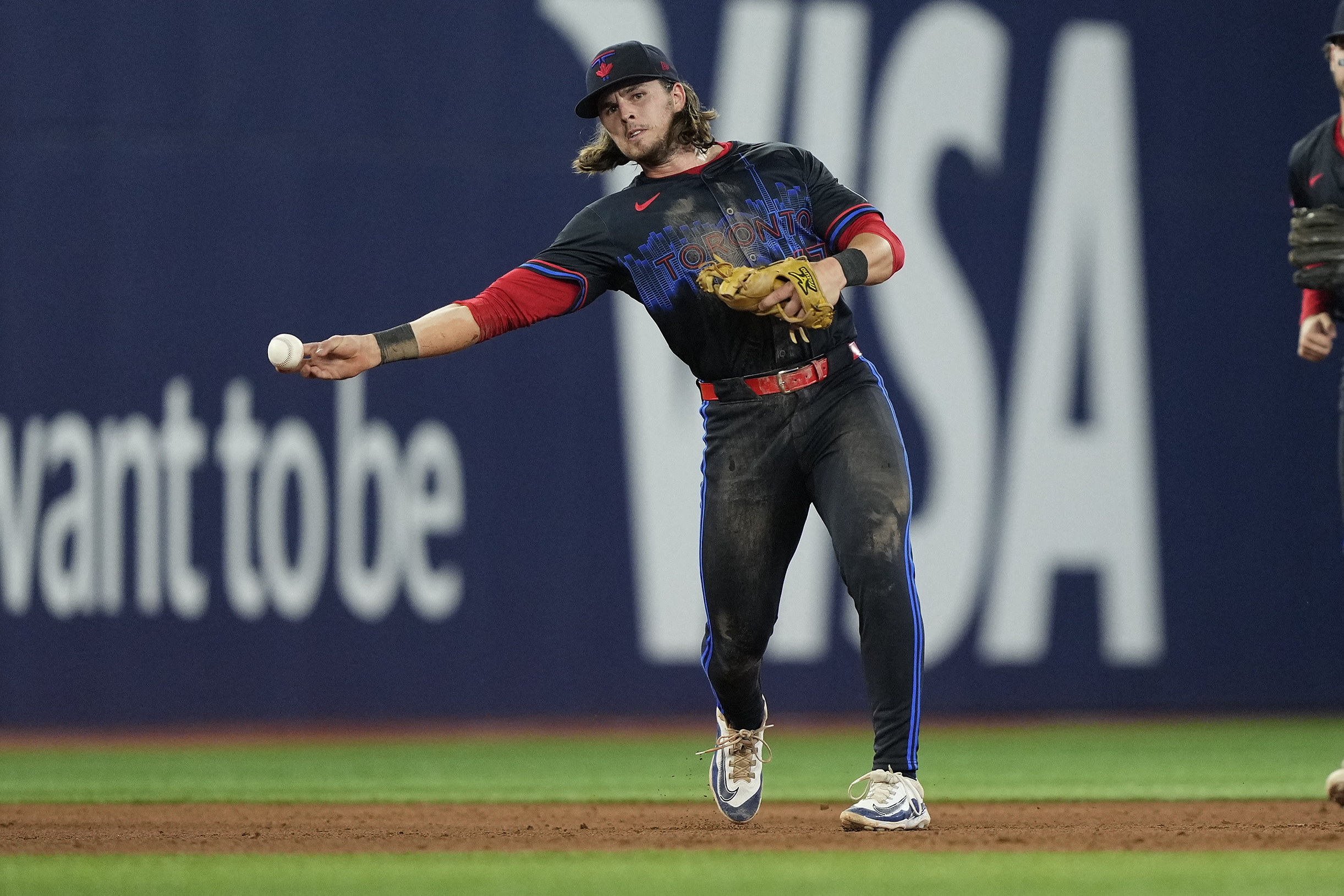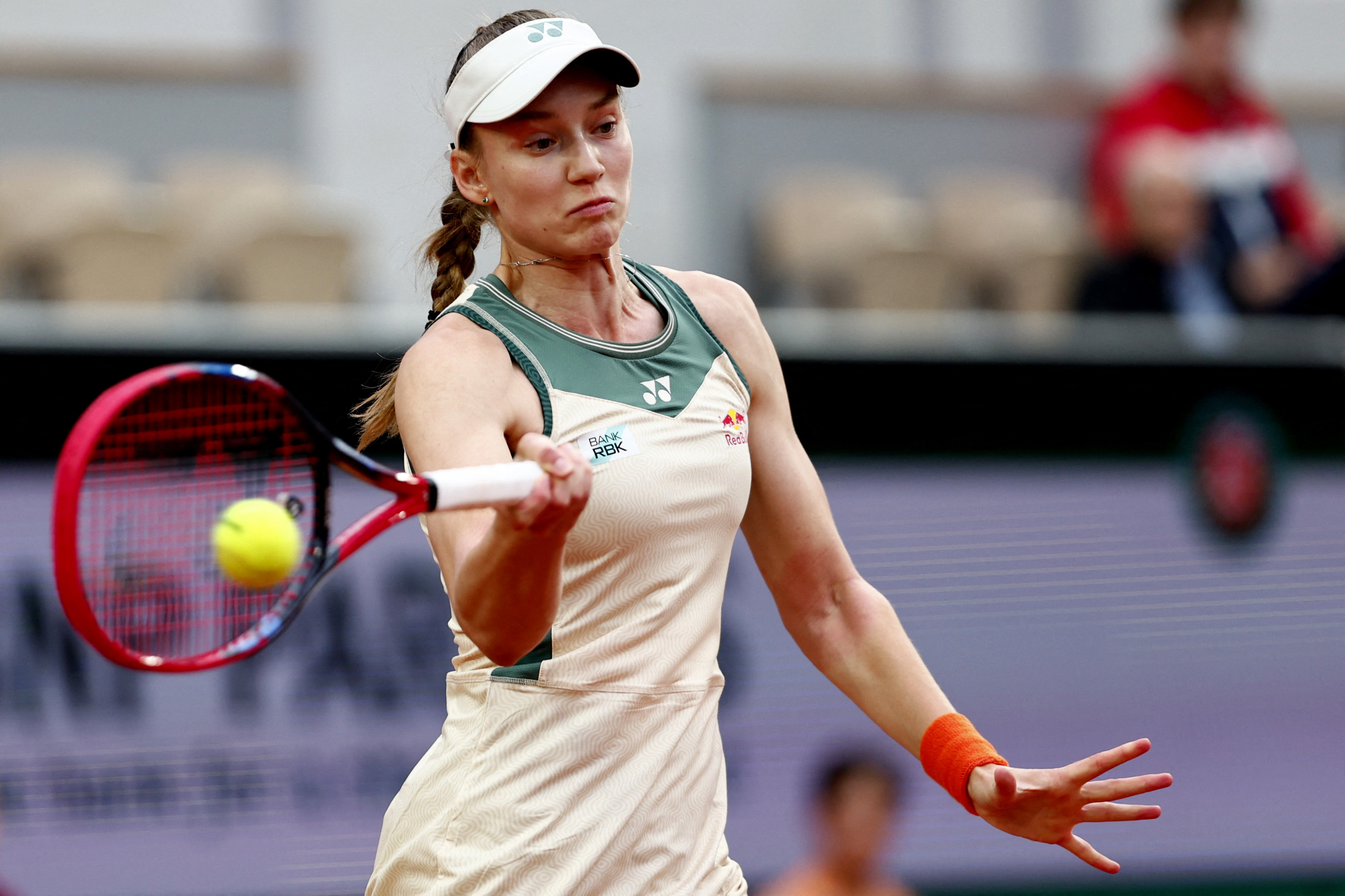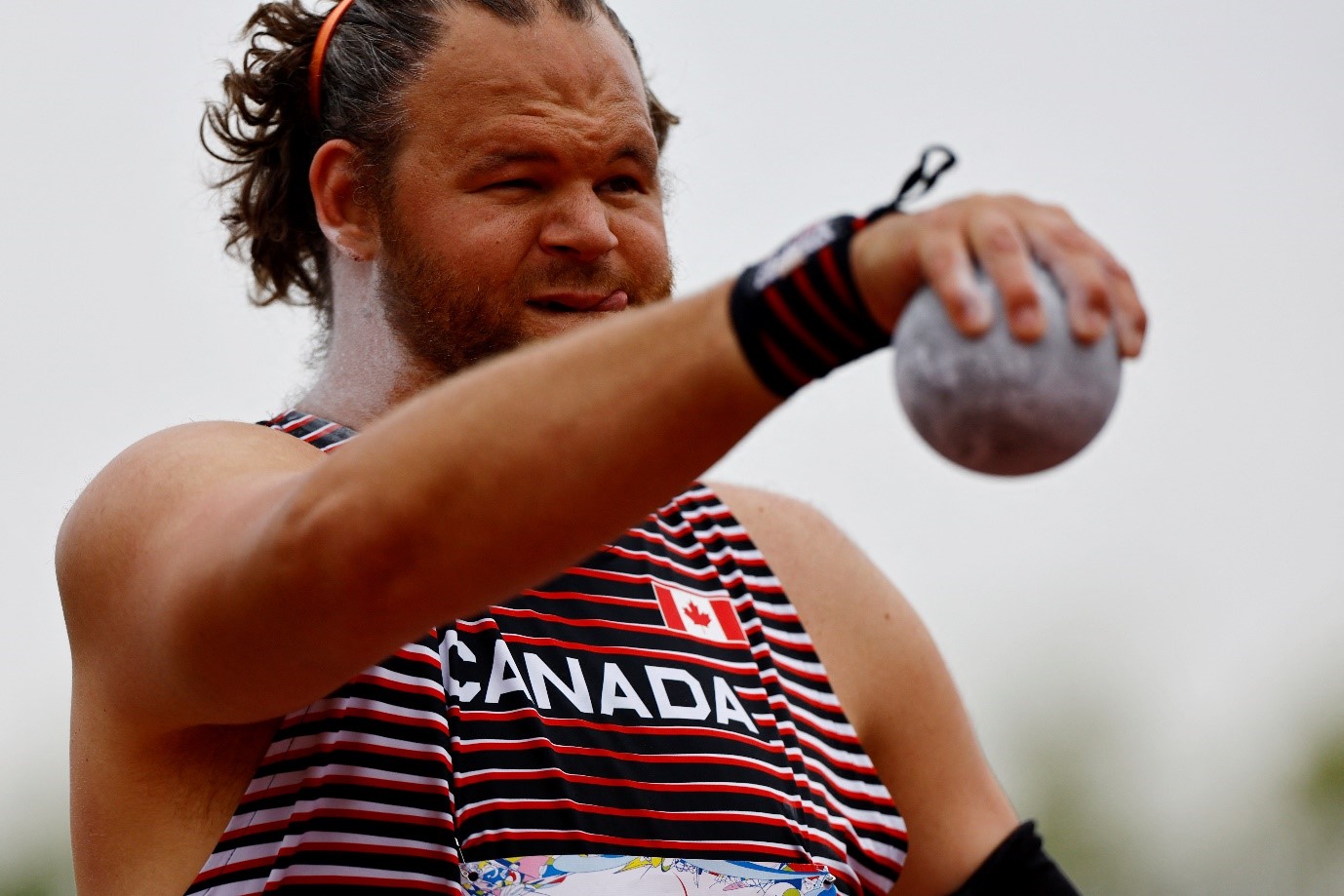You are viewing 1 of your 1 free articles
Fatigue Increases Injury Risk in Soccer
Soccer is renowned for its high pace, intense physical demands, and need for tactical acumen and technical prowess. However, one of the most critical factors affecting player performance and often overlooked in injury prevention is fatigue. Joshua Smith uncovers how fatigue influences player performance and injury risk.
Kyrgyzstan’s Valery Kichin celebrates scoring their first goal. REUTERS/Pavel Mikheyev
Understanding how fatigue influences injury risk is essential for players, coaches, and medical staff. Fatigue impacts performance and significantly increases the likelihood of sustaining injuries(1). Injury causation, or the risk thereof, occurs along a continuum, beginning with specific risk factors for injury and then their interaction with an inciting event, which leads to the mechanism of injury (see figure 1).
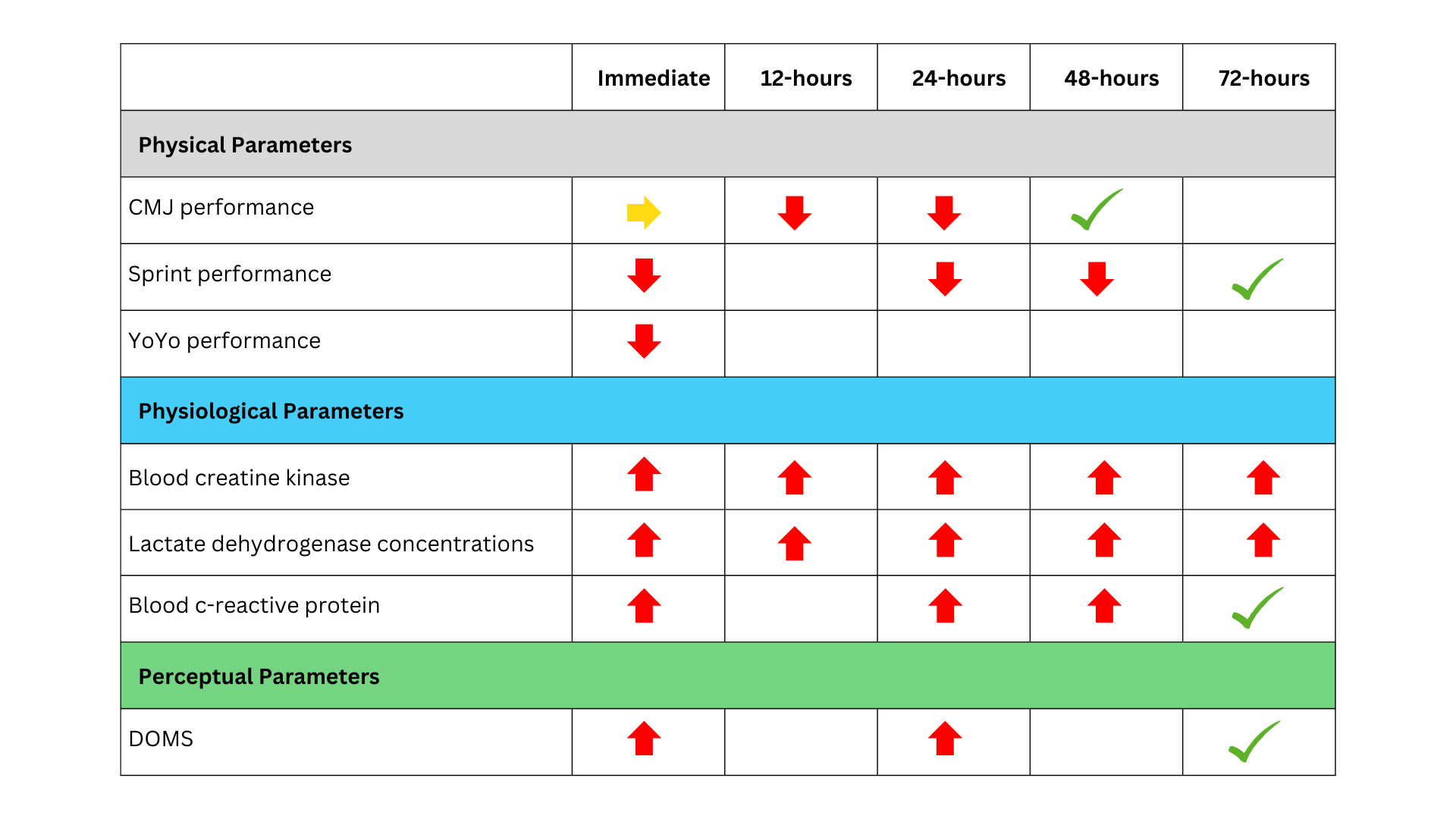
Risk factors for player injury can be broken down into two categories: internal and external risk factors(2). An athlete’s predisposition for injury is underpinned by their internal risk factors, such as age, sex, body composition, health, physical fitness, anatomy, skill level, and psychological factors(3). The interaction between the predisposed athlete and external risk factors—sports factors (coaching, rules, referees), protective equipment, sports equipment, and environmental factors (weather, turf type)—results in a susceptible athlete(3). Finally, the interaction between the susceptible athlete and an inciting event, such as a playing situation or player/opponent behavior, can result in an injury(3). Internal risk factors can be modifiable or non-modifiable. For example, non-modifiable risk factors would be sex, age, and previous injuries (health), and modifiable risk factors would be body composition, physical fitness, and skill level(4).
“Fatigue is an unavoidable occurrence in soccer.”
Fatigue and Soccer
Fatigue is an unavoidable occurrence in soccer. A single match results in an acute decline in physical performance that can last up to 72 hours(2.5). Practitioners refer to this as acute fatigue. But what does this mean in terms of injury risk, and does fixture congestion (playing up to two matches per week over several weeks) result in an increased risk profile due to the accumulation of residual fatigue?
Brazilian researchers found that acute fatigue impacted several parameters, including physical, physiological, and perceptual, following a game (see table 1)(5). They assessed physical performance parameters using countermovement jump (CMJ), sprint performance, and the Yo-Yo Intermittent Recovery Test Level 1. Their results demonstrated that jump height was significantly reduced 12 and 24 hours after a game and fully recovered 48 hours post-match, whilst sprint performance was significantly reduced immediately post-match and recovered 72 hours post-match, and Yo-Yo test performance was significantly reduced post-match(5).
When they assessed the physiological effects of fatigue, they found that muscle damage markers, specifically blood creatine kinase and lactate dehydrogenase concentrations, were significantly increased post-match and remained elevated 72 hours post-match. Moreover, inflammatory markers were increased immediately post-match but recovered after 72 hours. Finally, they analyzed delayed onset muscle soreness as a perceptual parameter and found that it was significantly increased immediately post-match and at 24 hours and recovered at 72 hours(5). If practitioners don’t monitor these parameters, players subjected to an excessive training load while still recovering can suffer increased injuries(6).
Fixture Congestion
Injury rates are expressed using the 1000-hour exposure metric, with benchmarks for the injury rate per 1000 hours for training being ± 4 injuries/1000 hours of training exposure, 24 to 36 injuries/1000 hours of match exposure, and 6.6 to 8 injuries/1000 hours of overall exposure(7). But what does the injury rate look like when players have to play more than one game in a week (see table 2)?
The FIFA Medical Excellence Centre in Lyon notes that muscle injury rates in professional soccer increase significantly with fixture congestion(8). Furthermore, the Football Research Group from Linköping University identified an increase in the overall injury rate and muscle injury rate when players had four or fewer days of recovery between league matches compared with six or more days—with the most common muscle injuries being sustained by the hamstring and quadriceps(9). This points to the importance of recovery strategies during congested periods of play, which is further reinforced by the findings of scientists from Vrije Universiteit Brussel that fatigue affects intrinsic modifiable risk factors for lower extremity injury(10).
Table 2: Injury Rate Comparison: Congested vs. Non-Congested.
| Overall injury rate | Injury rate during matches | Injury rate during training | ||||
| Non-congested | Congested | Non-congested | Congested | Non-congested | Congested | |
| Am J Sports Med. 2010;38(9):1752–1758 | 4.1 | *25.6 | 19.3 | *97.7 | 2.5 | *8.3 |
| Br J Sports Med. 2013;47(12):743–747 | - | - | 26.6 | *29 | - | - |
| Br J Sports Med. 2016;50(12):764–768 | 15.6 | 14.4 | 18.6 | *43.3 | 14.6 | *4.6 |
| Int J Sports Med. 2010;31(4):271–276 | - | - | 47.0 | *93.6 | - | - |
| Int J Sports Med. 2020;41(2):75–81 | 15.6 | *33.7 | 44.8 | *50.3 | 6.1 | *16.9 |
*Significant difference; Injury rate per 1000-hour exposure.
“…muscle injury rates in professional soccer increase significantly with fixture congestion.”
Intervention
There are multiple ways that practitioners and players can tackle match-related fatigue.
Nutrition & Hydration
After a match, players must rehydrate and consume carbohydrates and protein, as this will allow for the replenishment of water loss and maximize muscle damage repair – this is generally referred to as the three “R’s” of recovery(11):
- Refuel: Replenish muscle glycogen with an intake of ~ 1.2g of carbohydrates/kg/h with a high glycemic index immediately after a game to maximize muscle glycogen resynthesis(12).
- Repair: Protein is essential in injury recovery. The elevated muscle damage markers are associated with various actions made throughout a game - sprinting, accelerations, and decelerations(13). Protein consumption, specifically ±25g of protein every 3-4 hours, will facilitate and maximize muscle growth and repair(11).
- Rehydrate: Since hydration status is individualized, strategies must be tailored to each player’s specific needs. One of the simplest ways to “rehydrate” players is to measure them before and after a fixture. Every 1kg of fluid lost requires 1.5l of fluid and electrolytes, with rehydration salts and chocolate milk being preferential(14,15).
Cold Water Immersion
Despite the conflicting evidence surrounding the efficacy of cold-water immersion (CWI), there are psychological benefits that address the perceptual parameter of delayed onset muscle soreness (DOMS). Furthermore, a strong belief in CWI, combined with any potential physiological benefits, will maximize its value in recovery from exercise(16,17). Perhaps a world exists where practitioners can implement CWI when needed rather than abandoning it completely. When fixtures are congested (e.g., tournaments), CWI could be valuable in the recovery toolbox. In periods where adaptation is preferred over recovery, CWI may not be indicated. However, practitioners must apply their clinical reasoning to determine the most effective management strategy.
Sleep
Sleep plays a crucial role in providing important psychological and physiological functions that are essential to the recovery process. Sleep duration, quality, and timing (regularity) are the three key factors associated with the recuperative outcome of sleep(19). Practitioners should provide players with continuous sleep hygiene education, ensure players are educated on good sleep hygiene, and, where possible, adjust travel and training logistics after a night game so that sleep is periodized(18).
Active Recovery
Active recovery, or cooling down, is another recovery modality that clinicians can use to support the recovery process. They can use three basic active recovery techniques: low-intensity aerobic activity (jogging, cycling, hydrotherapy), stretching, and muscle relaxation. However, practitioners must implement active recovery strategies with caution, as they may contribute to the overall load and mitigate any positive benefits. For example, active recovery may negatively impact muscle glycogen resynthesis(20). An individualized approach may be superior to blanket strategies, as athletes may require or prefer different modalities, which can contribute to their perceived recovery and overall well-being.
Conclusion
Clinicians can use different modalities to combat fatigue and modify players’ internal health and physical fitness risk factors. Importantly, these modalities don’t result in complete recovery, and players must integrate these strategies into their daily routines to maximize the benefits. Player education and incentive programs may help to improve their initial buy-in and integration into their long-term self-care habits (e.g., recovery menu)(see figure 3). Educating players empowers them to take their recovery into their own hands, reduce their predisposition for injury (by modifying their internal risk factors), and ensure career longevity.
“Educating players empowers them to take their recovery into their own hands…”
References
- Sports Med. 2018 Dec;48(12):2695–702.
- Sports Med. 2012 Dec;42(12):997–1015.
- Br J Sports Med. 2005 Jun;39(6):324–9.
- Principles of Injury Prevention. In: Brukner & Khan’s Clinical Sports Medicine. Fourth. Australia: McGraw-Hill; 2014. p. 113–35.
- Sports Med - Open 8, 72 (2022).
- Sports Med. 2018 Mar;48(3):539–83.
- Sports Performance & Science Reports. 2022;1(155):1–4.
- Br J Sports Med. 2015 Mar;49(6):390–4.
- Br J Sports Med. 2013 Aug;47(12):743–7.
- Sports Med. 2020 Apr;50(4):767–84.
- ISSPF. 2024. The Role of Nutrition in Recovery. Available from: www.isspf.com/articles/the-role-of-nutrition-in-recovery/
- Sports Med. 2013 Jan;43(1):9–22.
- BMJ Open Sport Exerc Med. 2018 Aug;4(1):e000379.
- Med & Sci Sports & Exercise. 2007 Feb;39(2):377–90.
- Br J Nut. 2007;98(1):173–80.
- Med & Sci Sports & Exercise. 2014;46(11):139–2147.
- ISSPF Journal. 2023;1:18–20.
- ISSPF Journal. 2023;2:6–9.
- Sleep Med. 2021 Jan;77:128–35.
- SCJ. 2018 Jun;40(3):45–57.
Newsletter Sign Up
Subscriber Testimonials
Dr. Alexandra Fandetti-Robin, Back & Body Chiropractic
Elspeth Cowell MSCh DpodM SRCh HCPC reg
William Hunter, Nuffield Health
Newsletter Sign Up
Coaches Testimonials
Dr. Alexandra Fandetti-Robin, Back & Body Chiropractic
Elspeth Cowell MSCh DpodM SRCh HCPC reg
William Hunter, Nuffield Health
Be at the leading edge of sports injury management
Our international team of qualified experts (see above) spend hours poring over scores of technical journals and medical papers that even the most interested professionals don't have time to read.
For 17 years, we've helped hard-working physiotherapists and sports professionals like you, overwhelmed by the vast amount of new research, bring science to their treatment. Sports Injury Bulletin is the ideal resource for practitioners too busy to cull through all the monthly journals to find meaningful and applicable studies.
*includes 3 coaching manuals
Get Inspired
All the latest techniques and approaches
Sports Injury Bulletin brings together a worldwide panel of experts – including physiotherapists, doctors, researchers and sports scientists. Together we deliver everything you need to help your clients avoid – or recover as quickly as possible from – injuries.
We strip away the scientific jargon and deliver you easy-to-follow training exercises, nutrition tips, psychological strategies and recovery programmes and exercises in plain English.
